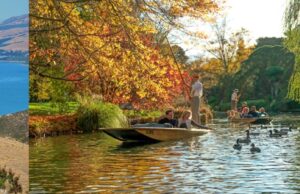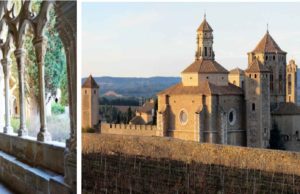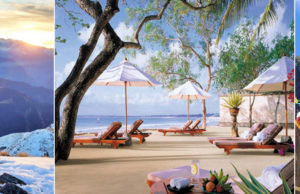
WoT's Hot
At one end of the spectrum is our instantaneous world, cluttered with point-and-shoot images that emanate not just from digital compact cameras, but even more so from cellphones, with many of the latest i-phones advertising their pictures taken without filters, adjustments or retouching. More power to technology and the fulfillment of impatient moments!
But there is another corner of a photographic field that deserves to be viewed, written about, and bought into and given a huge cache of encomiums. Meet Sumantra Banerjee, whose career as a top corporate personality is well-known, but whose photography skills have ricocheted into a movement that has a plurality of aspects to it.
Picture this. His high octane photographic skills and his passion for travelling to the known as well as the lesser trodden paths around the world have resulted in thousands of scenes. That have subsequently been infused with a new and further artistic life with the high resolution photographs then being printed on canvas. And going up to sizes like 40x40” and even 52x26 without the slightest pixilation, and looking for all the world like a painting. When we talk of the plurality of it all, it is that you can, first of all, travel around the earth’s remotest corners through his vivid pictures, and then, right here in the city, at a grand exhibition, gawk to your heart’s content and pick up what pleases you to adorn your walls at home, or office or a public space. At prices that are a fraction of what it would cost to acquire a painting. And there’s some more. The artist, with his Sumantra Banerjee Foundation then gives the proceeds to a highly deserving charity.
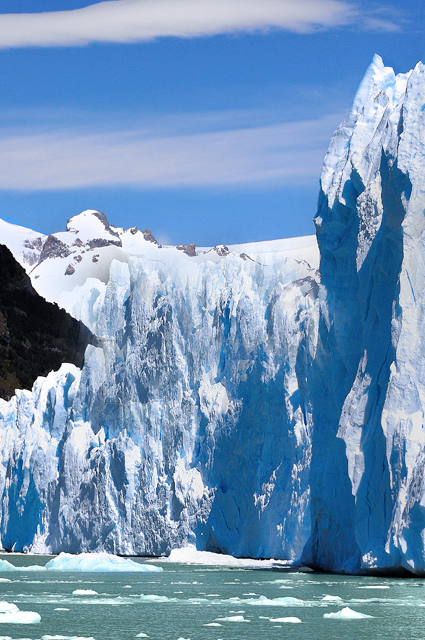
There have been three such exhibitions so far, with brisk sales. Earlier this year, the inauguration by artist Sunita Kumar had its heart-stopping moments. A group of children from lesser privileged backgrounds, who are suffering from cancer, gathered around the panchapradeep, as the light of the diyas and the ephemeral quality of the dominating canvases around seemed to shed large hope. For they were the recipients of the largesse from the sale of the art on canvas. And those acquiring the captured moments would get a new lease of viewing, from an inclusive world.
So where are these destinations that Banerjee has traversed? His exhibition showcased earlier this year − Our Planet Our People − was a collection from destinations as far afield as Tibet, Greenland, Turkey, South Africa’s Kruger, the Canadian Rockies, Ladakh, Beijing, Argentina, Patagonia, Rajasthan, many parts of USA, Greece, Peru, Brazil, Italy, Slovenia, Croatia, New Zealand, our own West Bengal,.
What fascinates is the variety that these canvases have. Just when you have had your fill of landscapes, from the island-sized icebergs of Greenland to the cerulean landscape of Queenstown, you come upon intimate close ups of say a fireplace in Machu Pichu, Peru, a mysterious alleyway in Croatia, or the ruins of Vishnupur. And then, suddenly you espy a glorious Mediterranean sunset, vying with another enroute to Titicaca, and the Midnight Sun in Greenland. Turn again, and you find rare birds like the Saddle-billed stork in Masai Mara or pelicans taking flight. As you turn a corner, you alight on a single pink rose from London and a mass of yellow tulips in Srinagar. And yes, the animal studies are so close, so real, so palpable. My favourite artistic creation is of an Impala, in black and white, with its reflection in colour. Unusual to the core.
Now to some hard, hardware facts. The cameras that Banerjee uses are Nikon D700 and D 300S with a variety of ultra zoom, ultra wide, standard, medium and close up lenses. The pictures are shot in a TIFF format. The canvas prints are processed at Hewlett Packard’s global printing studio. They are of archival quality and are lacquered for dust and dirt protection. Which makes them so easy to have and to hold, so to say.
We mentioned the large sized canvases earlier. There is something also called a Panograph which is a panoramic shot at 2:1 aspect ratio in a 52x26” size. We are told that a picture in the gallery depending on the size of the canvas print, can have a file size over 200 MB. Such large file sizes, resulting from hi-res images, avoid pixilation. They become paintings, brush-stroked by the lensman.
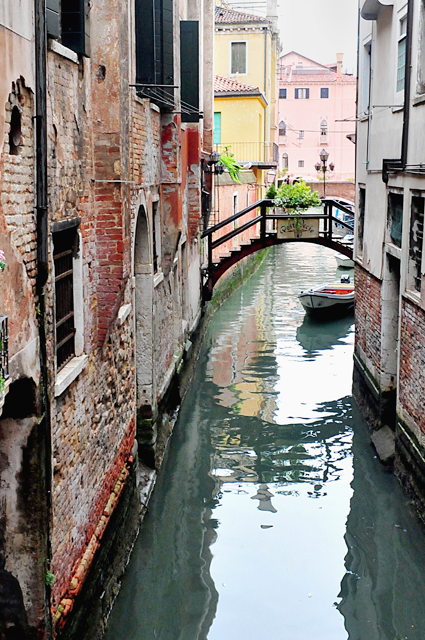
And the cost? Ranging from as little as a couple of thousand rupees to Rs 39,000. This includes, incidentally the framing and taxes.
One can see how many hotels, corporate houses, restaurants, could have a selection of such photo-canvases in terms of both affordability and sheer aesthetics. Many of the friends I met at the exhibition were buying up these canvases, despite the fact that their walls could be full of paintings. Their argument: move some of the oft-seen paintings out for a while and make way for fresh look realism. And there are some who collected for their second homes, for their children who live outside the country and even for their country places.
It is a story worth narrating. For although people have over the decades taken their vacation photographs, often showing it on slides, and more recently, on their iPads, over cups of tea and personal reminiscences, it is these marvellous professional and yet highly personalized viewing of distant places that have been brought to us in a form that is artistically packaged and can be possessed.
Banerjee has just this to say, modestly: I am privileged to have traveled to distant corners of our beautiful planet and enjoy sharing it with viewers who may not have been there.
More than one visitor commented ' This exhibition is around the world in 2 hrs without a ticket or a visa'. Also, we are the fortunate ones and it is now pay back time to society. In my own small way I do what I can for the less privileged.”
His pictures do all the talking and the caring.
Save SaveAt one end of the spectrum is our instantaneous world, cluttered with point-and-shoot images that emanate not just from digital compact cameras, but even more so from cellphones, with many of the latest i-phones advertising their pictures taken without filters, adjustments or retouching. More power to technology an
What to read next
Featured articles

Welcome Festive Season in Glam, Latin Quarters Launches new #PujoBling Collection with Monami Ghosh
by WOT




































